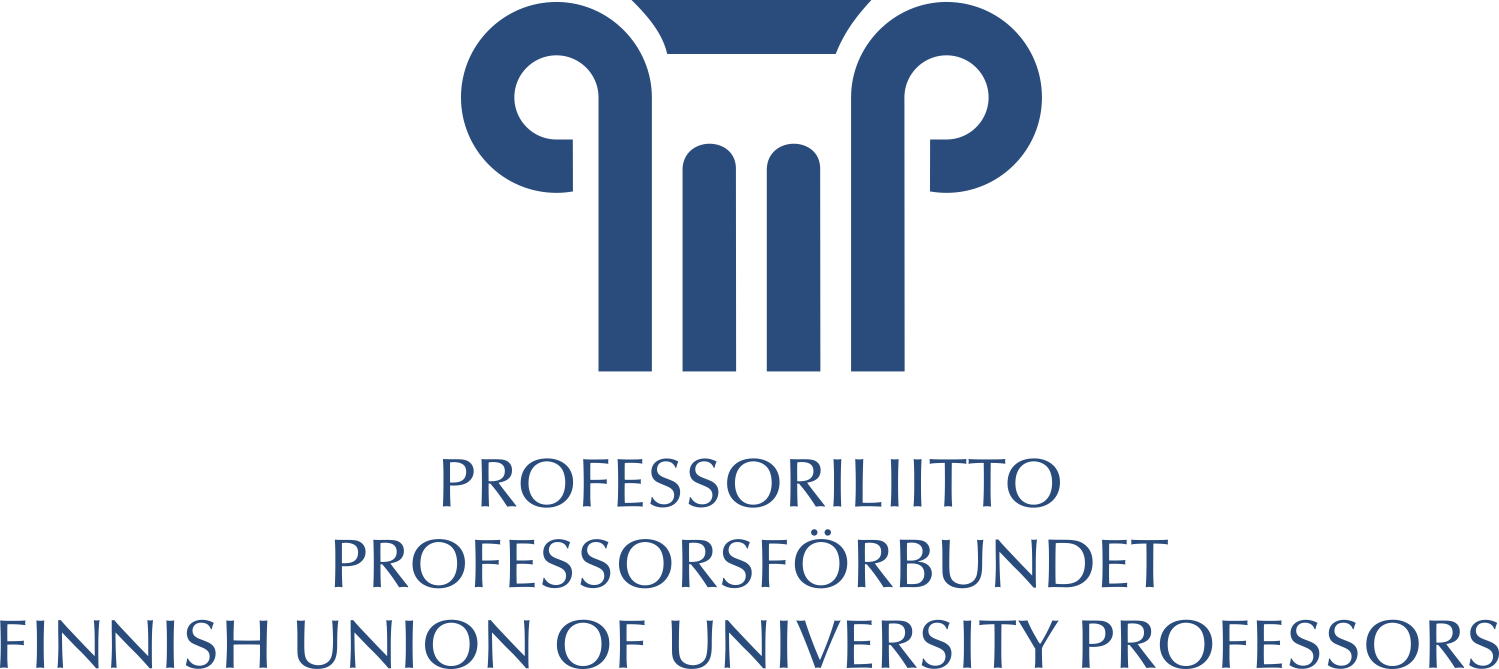Facts about the collective agreement negotiations and conciliation in the university sector
Negotiation period
The official negotiation period for the general collective agreement for universities between the negotiating parties ended on 31 March. To find a solution through negotiations, the organisations representing university staff, JUKO, Pro, and JHL, granted an additional three weeks before issuing a strike warning.
Conciliation
The labour dispute has been conciliated under the leadership of the national conciliator since 24 April.
Industrial actions
Finnish Education Employers (Sivista) has informed the representatives of the employee side that universities are prepared to accept strikes. The employees of Tampere University were on strike for a day on May 7th.
Before the strike took place, Sivista, representing university employers, made a decision on industrial actions and prohibited shop stewards and safety representatives from participating in union training related to the university collective agreement during working hours starting April 28th.
Sivista made the decision on industrial actions and suspended the collection of union membership fees agreed upon in the collective agreement in all universities starting May 1st.
Salary increases
The organisations representing university staff made the first comprehensive offer, which included a salary proposal. After this, Sivista made its own salary proposal.
Sivista’s salary increase proposal does not align with the general trend for general increases. In negotiations and conciliation, Sivista has tried to buy text changes and working time changes with salary increases in line with the general trend. This has not happened in other concluded agreements.
Contact teaching hour cap
Sivista’s understanding of the teaching provided at universities and the everyday cooperation related to working time planning is narrow. The teaching provided to university students is not measured through contact teaching hour caps.
University teaching and research staff create a work plan that includes, in addition to teaching, preparation and follow-up work with hourly precision, as well as other tasks related to teaching. Contact teaching hour caps do not hide any tasks related to teaching.
During the negotiations, Sivista has instructed universities to adopt a narrower interpretation of the term “contact teaching.” The general collective agreement for universities does not define the content of the term. The teaching provided at universities is diverse. Universities themselves have defined – often at the faculty and department level – the content and impact of the term “contact teaching” mentioned in the collective agreement on the work plan.
Sivista has proposed a model that allows the amount of teaching provided by a teacher to even double or triple.
The contact teaching hour cap limits the teacher’s workload, thus protecting against excessive workload. Therefore, the teaching and research staff cannot give up their goal of maintaining the teaching hour caps in the upcoming collective agreement. JUKO wants to promote well-being at work in universities and improve the quality of research and teaching, as well as the productivity of universities, through the collective agreement.
